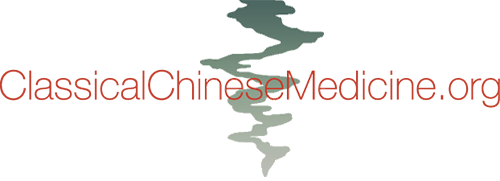Articles and translations of classical scholarly texts.
The Liver and Gallbladder: Selected Readings
BY VARIOUS AUTHORS
TRANSLATED BY HEINER FRUEHAUF
The nature of wood is to spread. Once food qi enters the stomach, it relies entirely on the spreading and dredging function of liver wood, and it is only because of this influence that the food is transformed. If the liver's pure Yang does not rise, it cannot spread and dredge the grain and fluids, and distention and discomfort in the middle region will be the inevitable result. The liver is associated with wood.
